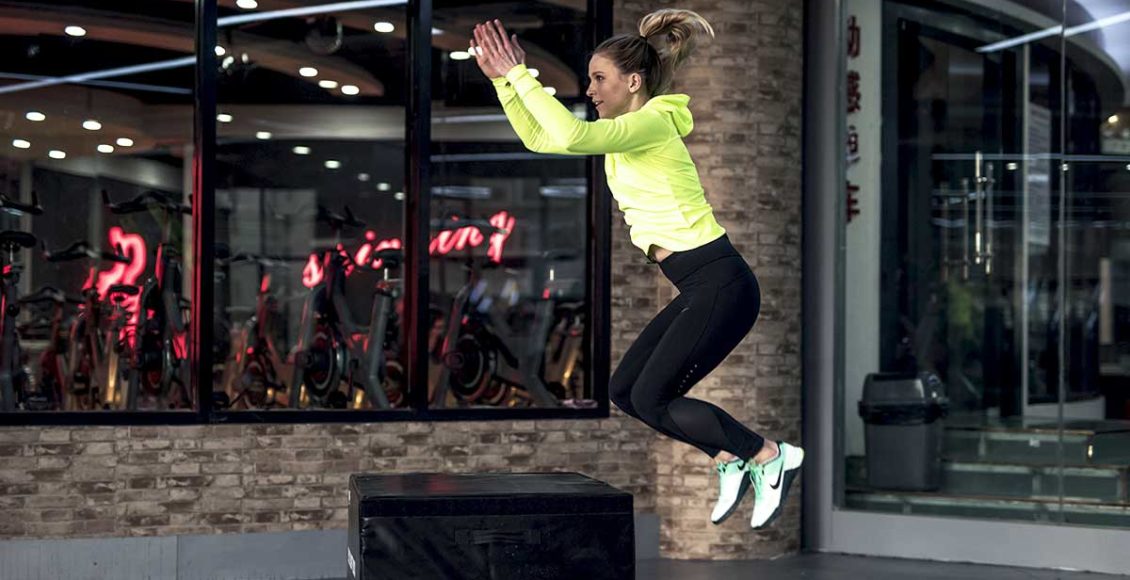Anxiety is one of the most common mental health issues facing people in the United States. It impacts the lives of around 40 million adults, or approximately 18% of the adult population. Anxiety disorders are highly treatable, but as many as 60% of those who suffer from anxiety do not seek help.
Over time, anxiety can go from a nuisance to a crippling disorder. The stress caused by anxiety can be a major factor leading to cardiovascular disease, which is among the leading causes of death in the United States.
But according to a study published in March of 2019 conducted by researchers at the University of Missouri at Columbia, high-intensity exercise may be the single best way to reduce feelings of anxiety and can reduce the likelihood of cardiovascular disease.
Most health experts will agree that exercise is good for you, and even low to moderate amounts of exercise done regularly can reduce feelings of tension and stress.
But this study shows that high-intensity exercise can have a much larger impact on reducing stress and anxiety than low-intensity exercises.
“Conventional wisdom says that exercising for 30 minutes at a moderate exercise intensity is more effective in reducing anxiety than either a low or high-intensity dose,” said lead researcher Richard Cox, professor of educational and counseling psychology. “This conclusion, however, is deceptively simple because reductions in anxiety are not always observed immediately following a high-intensity bout of exercise.”
In this study, two groups of women, one ages 18 to 20 and the other 35 to 45 years of age, were asked to complete three sessions with researchers. The sessions began with a test of overall anxiety levels. Following the anxiety test, the participants were asked to not exercise, exercise at a moderate level for 33 minutes, or exercise at high-intensity for 33 minutes.
Following these periods of exercise, Cox measured the participants’ anxiety levels at 5, 30, 60, and 90 minutes. Each of the groups of participants saw reduced anxiety levels over time, even the group that did not exercise, but the participants who exercised at a higher intensity level saw the sharpest decline in anxiety. Each group saw the same reductions in anxiety over the first 30 minutes, but the high-intensity group saw greater drops in anxiety at 30, 60, and 90 minutes.
The results also showed a greater impact in the older group than the younger.
“This is a relationship that needs to be further explored,” said Cox. “It appears to suggest that after controlling for iron status, the beneficial effects of exercise on anxiety may only apply to older women and not to younger women.”



